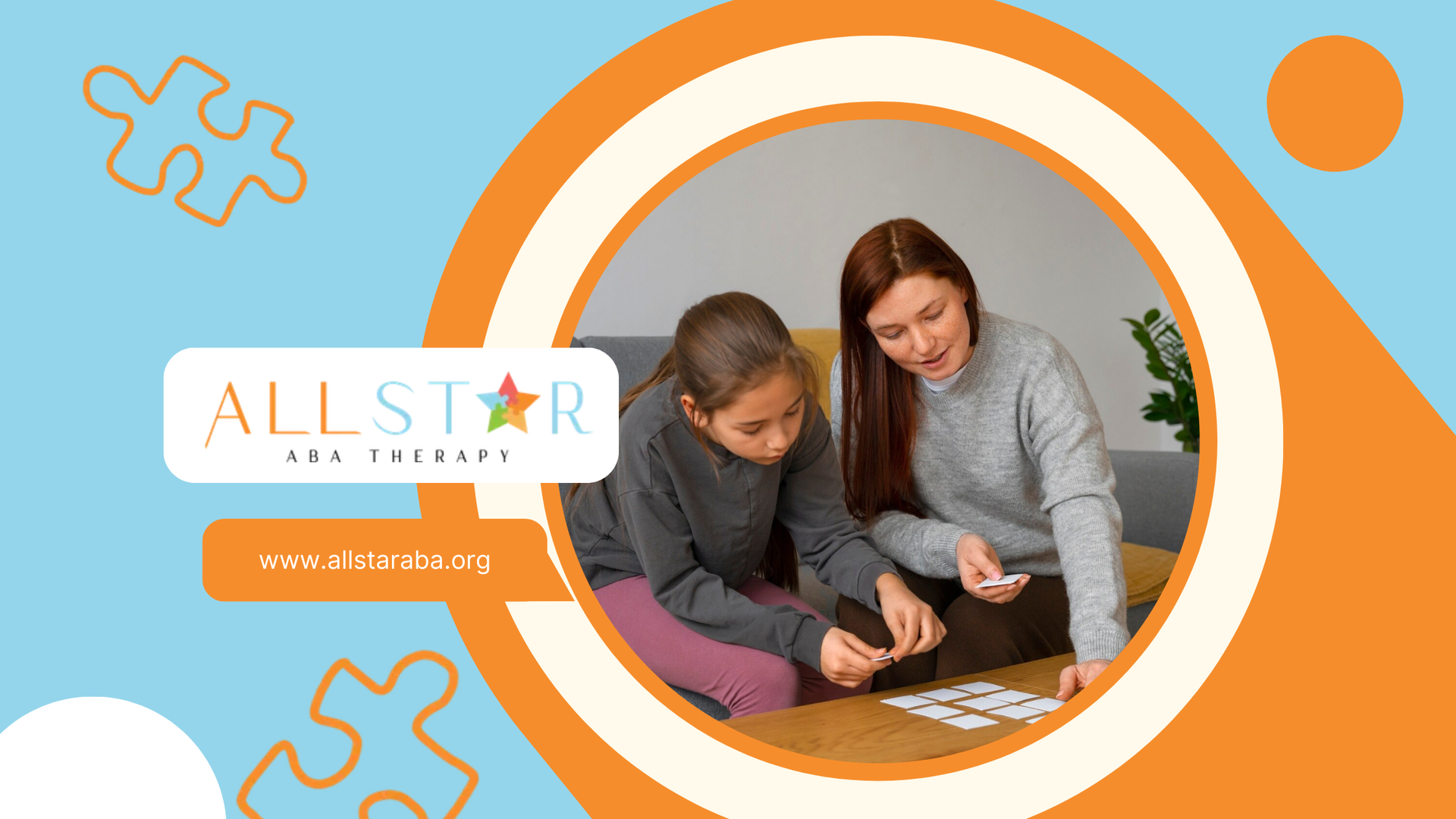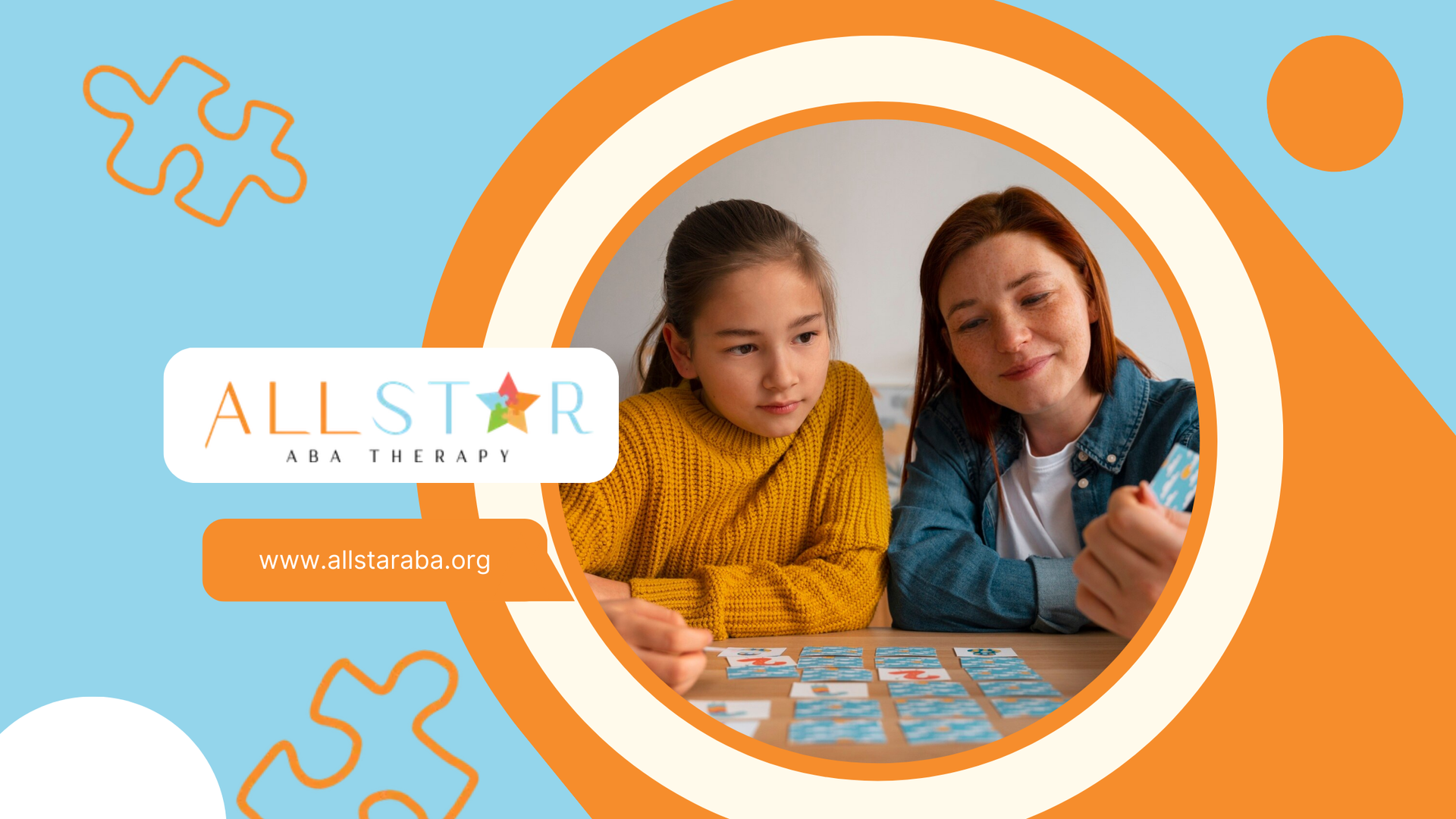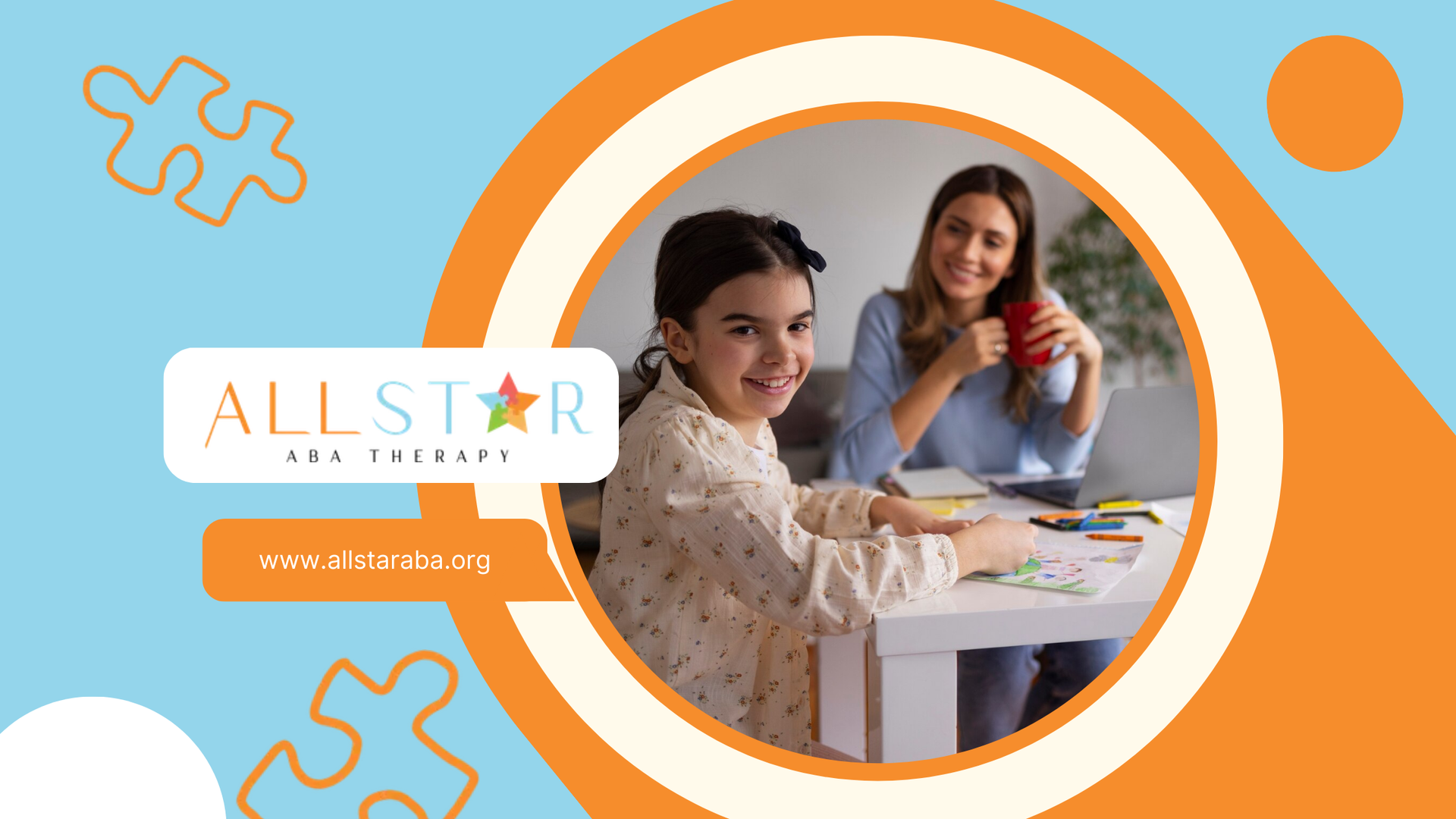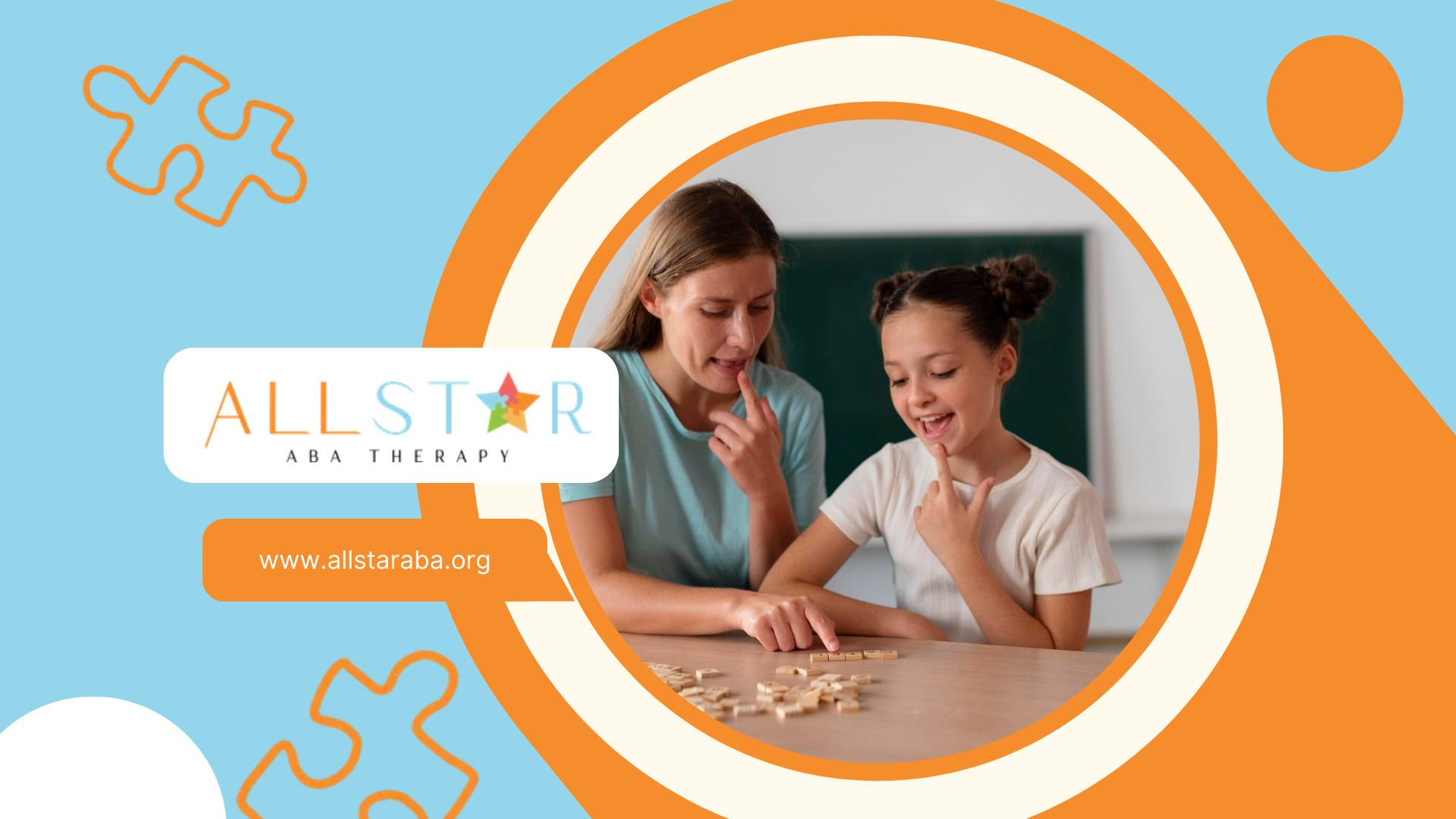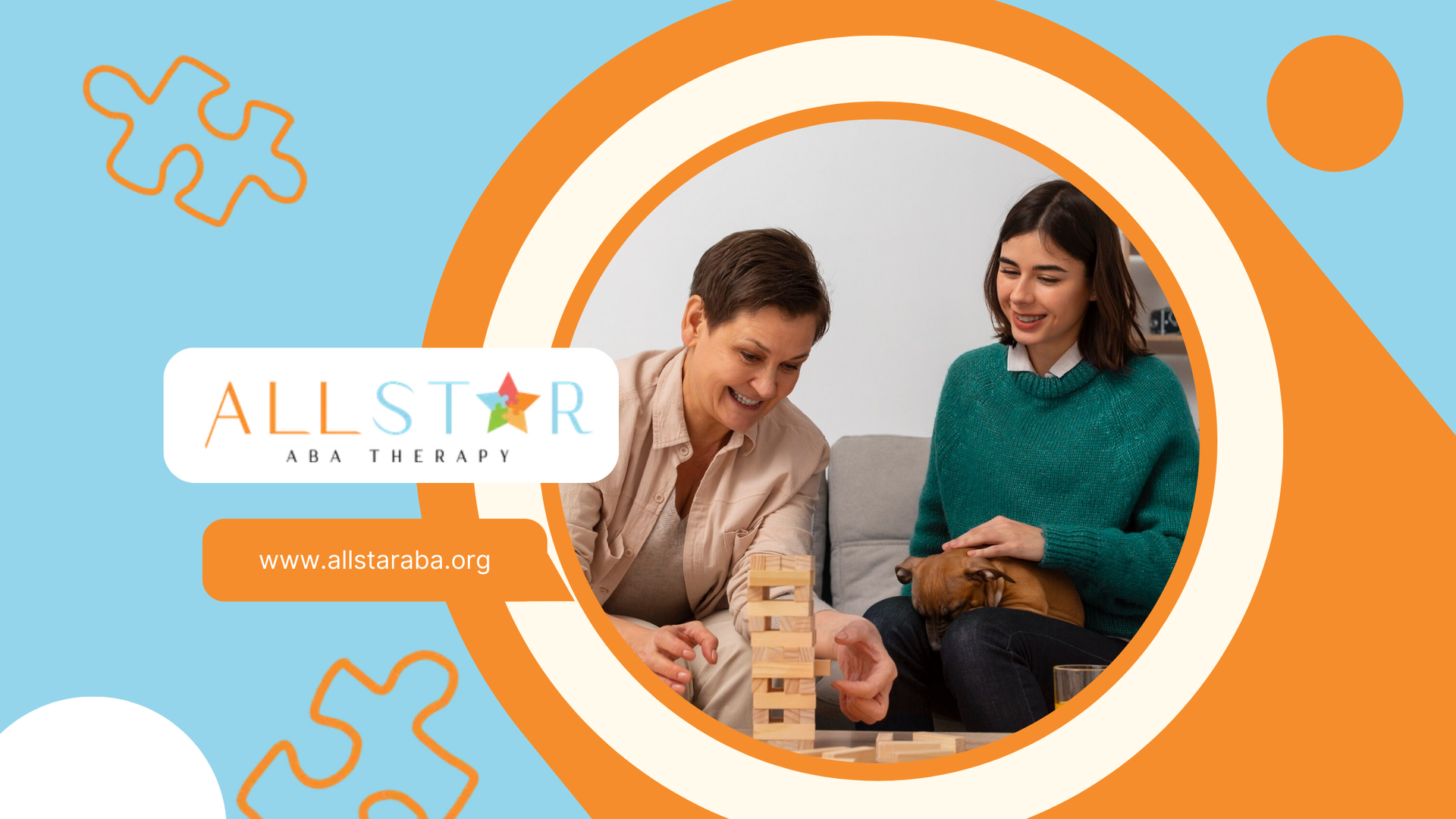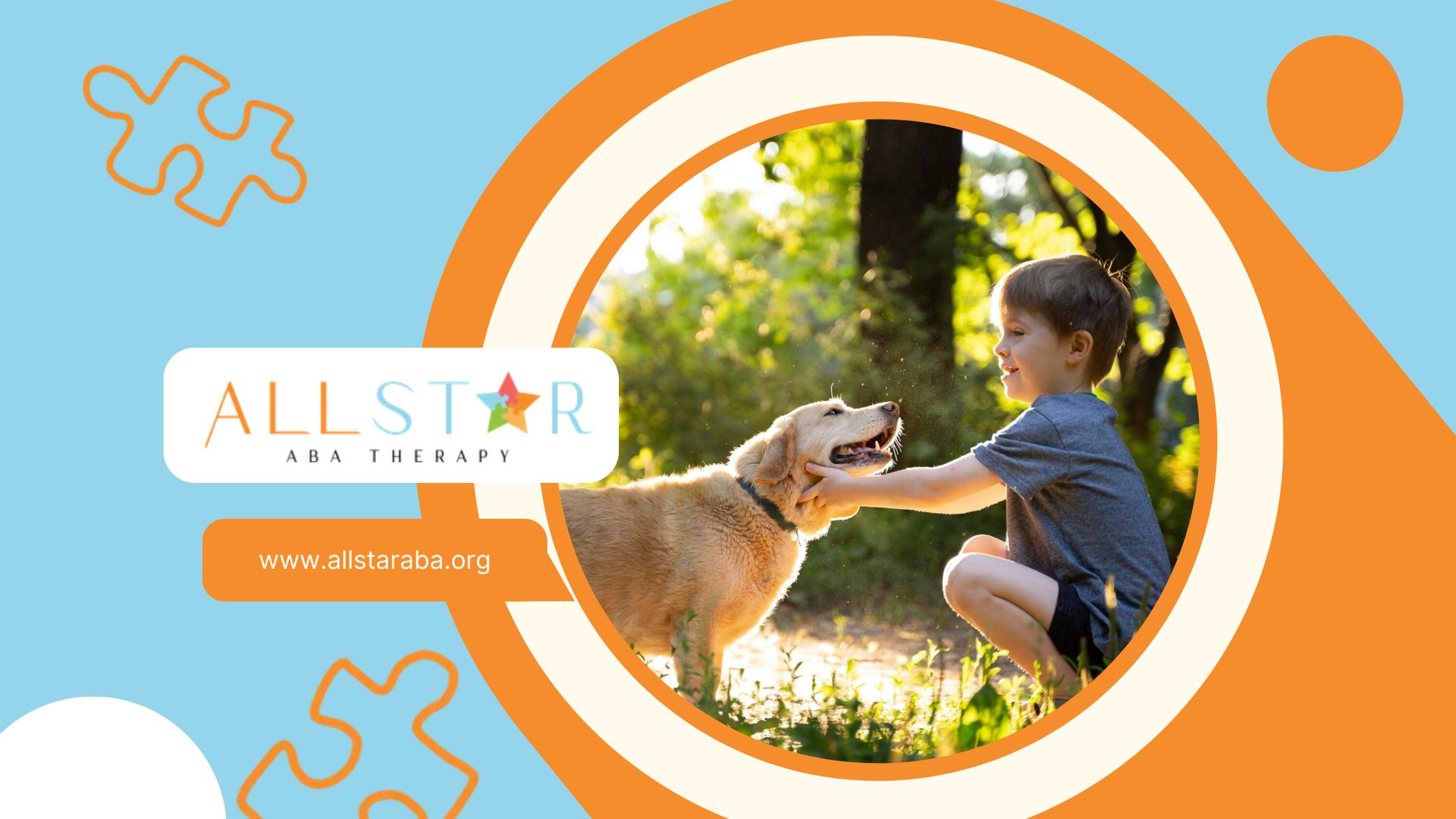New Paragraph
Understanding the Science Behind ABA Therapy for Autism
Applied Behavior Analysis (ABA) is a therapeutic approach widely used to support individuals with autism spectrum disorder (ASD). While many parents and caregivers may have heard of ABA, understanding the science behind this therapy can help demystify its process and showcase its effectiveness. ABA therapy is grounded in behavioral science, relying on well-established principles of learning to teach new skills, reduce undesirable behaviors, and promote positive development.
In this article, we’ll explore the science behind ABA therapy, its foundational principles, the techniques used, and how it provides meaningful outcomes for children with autism.
What is ABA Therapy?
ABA therapy is an evidence-based intervention that focuses on applying principles of behaviorism to bring about positive changes in behavior. This type of therapy is highly structured and individualized, making it a versatile approach for children with autism. It involves breaking down complex tasks into smaller, manageable steps and using reinforcement to increase desirable behaviors and reduce harmful or challenging behaviors.
The Core Components of ABA Therapy:
- Behavioral Principles: ABA is based on the idea that behavior is learned and can be modified through interaction with the environment.
- Reinforcement: Positive reinforcement is used to encourage desired behaviors.
- Data-Driven: Progress is measured using objective data to track behavioral improvements.
- Individualized: ABA interventions are tailored to the unique needs of each child.
The Science of Behaviorism
At the heart of ABA therapy is behaviorism, a scientific approach to understanding behavior. Behaviorism posits that all behavior is learned from the environment and can be changed by manipulating the environment through specific interventions.
Key Concepts in Behaviorism:
- Stimuli: Stimuli are events or objects that elicit a response. They can be internal or external and play a significant role in shaping behavior.
- Responses: A response is the behavior or action that occurs when a stimulus is presented. ABA focuses on modifying these responses.
- Reinforcement: Reinforcement is a fundamental concept in ABA. It involves providing a reward or consequence after a desired behavior occurs, increasing the likelihood of that behavior being repeated.
- Punishment: Punishment is used to decrease the likelihood of an undesirable behavior occurring. However, in ABA, punishment is used with caution and is typically only a last resort.
- Extinction: This occurs when a behavior is no longer reinforced, causing the behavior to decrease or disappear over time.
The Principles Behind ABA Therapy
ABA therapy is built on several key principles that form the foundation for its techniques and strategies. These principles include:
1. Positive Reinforcement
Positive reinforcement is the primary technique used in ABA therapy. It involves giving a reward when the child demonstrates a desired behavior, which increases the likelihood of that behavior being repeated.
- Example: If a child with autism uses a word or gesture to ask for something they want, a therapist may provide the requested item as a reward, reinforcing the communication behavior.
2. Antecedent-Behavior-Consequence (ABC) Model
The ABC model is a central framework in ABA. It focuses on identifying the antecedents (triggers) of behavior, the behavior itself, and the consequences that follow.
- Antecedent: The event or situation that occurs before a behavior.
- Behavior: The observable action or response.
- Consequence: The result that follows the behavior, which can either reinforce or discourage the behavior.
By analyzing the ABCs, therapists can better understand why a behavior occurs and how to intervene effectively.
3. Discrete Trial Training (DTT)
Discrete Trial Training (DTT) is one of the most widely used techniques in ABA therapy. It breaks down skills into small, manageable components and involves presenting clear instructions, prompting the correct response, and providing immediate feedback (reinforcement).
- Example: If a child is learning to identify colors, the therapist might present a card with a color and ask the child to identify it. The therapist will reinforce correct responses immediately, building the skill incrementally.
4. Naturalistic Teaching
In contrast to structured, tabletop-based interventions like DTT, naturalistic teaching focuses on teaching skills in natural settings, such as at home or during play. It involves capturing moments of interest or spontaneous behavior and reinforcing them in a more natural environment.
- Example: A therapist might use a child’s interest in a toy to encourage communication, saying “What do you want?” and rewarding the child when they express their wants verbally.
Evidence Supporting ABA Therapy
The science behind ABA therapy is well-established and supported by extensive research. Numerous studies have demonstrated the effectiveness of ABA for improving the lives of individuals with autism, especially when implemented early and consistently. Research has shown that ABA can improve:
- Communication skills: ABA helps children develop both verbal and non-verbal communication skills.
- Social interactions: By reinforcing positive social behaviors, ABA helps children learn how to engage with others appropriately.
- Self-management: Children learn to regulate their own behaviors, such as taking turns, following instructions, and completing tasks independently.
- Academic skills: ABA has been proven to improve academic skills, including reading, writing, and math, by breaking down complex tasks into smaller, manageable steps.
A significant body of research supports ABA as a treatment for autism, including studies published by organizations such as the National Institute of Mental Health (NIMH) and the U.S. Department of Education. These studies highlight ABA’s success in helping children with autism develop critical skills, leading to improved quality of life.
How ABA Therapy is Implemented
ABA therapy can be implemented in a variety of settings, depending on the child’s needs. Some common options include:
1. In-Home Therapy
In-home ABA therapy allows the therapist to work directly with the child in their natural environment, promoting the generalization of learned behaviors. This approach is ideal for children who need a personalized and consistent intervention.
2. School-Based ABA
ABA can be integrated into the school environment to help children with autism succeed academically and socially. Many schools implement ABA strategies in their special education programs, ensuring that children receive support both inside and outside the classroom.
3. Community-Based ABA
Community-based ABA involves using everyday settings, such as parks or stores, to teach children how to navigate social situations and practice behaviors they’ve learned in therapy.
Common Myths About ABA Therapy
Despite the overwhelming research supporting ABA therapy, there are still misconceptions about the approach. Let’s address some of the most common myths:
Myth 1: ABA Therapy is Only About Punishment
One common misconception is that ABA focuses on punishment. In reality, ABA therapy primarily uses positive reinforcement to encourage desired behaviors, with punishment being a last resort used only when necessary.
Myth 2: ABA Therapy is Rigid and Unnatural
Another myth is that ABA therapy is rigid and unnatural. While it is structured, modern ABA incorporates naturalistic techniques that involve real-life settings and activities, ensuring that children generalize their skills across various contexts.
Myth 3: ABA Therapy is Only for Young Children
ABA therapy can benefit individuals of all ages, not just young children. While it is most effective when implemented early, adults with autism can also benefit from ABA interventions to improve communication, job skills, and social interactions.
Conclusion
The science behind ABA therapy is rooted in behavioral principles that aim to improve the lives of individuals with autism. Through evidence-based techniques like positive reinforcement, discrete trial training, and naturalistic teaching, ABA helps children develop essential skills, reduce undesirable behaviors, and gain independence.
If you’re considering ABA therapy for your child, it’s important to work with experienced professionals who can tailor interventions to your child’s unique needs. At All Star ABA, we are committed to providing individualized ABA therapy that empowers children with autism and helps them reach their fullest potential.
Frequently Asked Questions
What are the key principles of ABA therapy?
ABA therapy is based on principles like positive reinforcement, data-driven decisions, and the ABC model (Antecedent-Behavior-Consequence) to help modify behavior and teach new skills.
How long does ABA therapy take to show results?
The timeline for seeing results varies depending on the child and the intensity of the therapy. Some children may show significant progress within a few months, while others may take longer.
Can ABA therapy be used for adults with autism?
Yes, ABA therapy can be effective for individuals of all ages. While it is most commonly used for children, adults with autism can also benefit from ABA techniques to improve communication, job skills, and social interactions.
Sources:
- http://www.autism-help.org/behavior-positive-reinforcement-autism.htm
- https://therapybrands.com/blog/aba-therapy-history-behaviorism-and-the-emergence-of-bcba-rbt-licensure/
- https://www.in.gov/fssa/ddrs/files/AssistedSupports_BS_BT_ABC_V2.pdf
- https://www.autismspeaks.org/expert-opinion/what-discrete-trial-training
Need Support?
We're Here to Help!
Our experienced team is ready to assist you. Reach out today to discuss how we can support your child's development and well-being.
Get started with expert ABA therapy today.
Related posts

All Star ABA delivers the gold standard of care, Applied Behavioral Analysis (ABA) therapy, for individuals diagnosed with ASD, from infancy to age 21.
Quick Links
All Rights Reserved | All Star ABA


